To his surprise, however, the hawk was still alive. After attempting to remove the bird, with no luck, he had his wife Serena post a photo of the trapped bird on Facebook, where a mutual friend saw it and tagged me. I contacted Serena, and she put Andy on the phone. At this point, I was still banking on a fatally injured bird but agreed to meet them if he could drive slowly to our designated meeting spot—there was a barrier between the hawk and the motor, so our main concern was stress on the bird as he drove.
As Andy removed the panel keeping the bird away from the motor, Lt. Brooks got out to see if he could help. Within a few minutes another officer, Sgt. Neal Clark, drove up to see what was going on. As Lt. Brooks explained the situation, Sgt. Clark got out and asked if I had an extra pair of gloves. As luck would have it, I always keep two pair in the car, so he donned a pair, I donned a pair, and while I pushed the hawk from the bottom of the grille, he pulled from the top. Within 15 minutes we’d managed to work the bird free.
At that point, I examined her—and her feet indicated female; her markings indicated Cooper’s hawk—and saw that her right wing was bloody. There was a huge chunk of bloody flesh exposed. Not good. Andy, Lt. Brooks and Sgt. Clark left thinking that all their efforts had been in vain.
However…
On the way home, I started thinking about that chunk of flesh. I hadn’t seen any bones sticking out. Parking lot exams are, after all, cursory at best. Maybe a more thorough exam once I got home would show less damage than I initially thought. And it did! The skin had been ripped away from the elbow, but nothing was actually broken as far as I could tell!
The next morning, I took Miss Coop to Smalley’s Animal Hospital, where vet Peggy Hobby was as amazed as I was that she had survived crashing into a grille with only what amounted to a flesh wound. She again cleaned the wound and put in four sutures, leaving space for drainage should any slight infection set in—and even with antibiotics, there is often slight pus discharge from wounds.
This barred owl was found by the side of the road and was also lucky in that nothing was broken and there is no eye damage. He just had a major headache. I’d hoped to have him back out where he belonged by the weekend, but he was slow to recover from his concussion, so the plan now is to get him back into his territory tomorrow.
And we narrowly averted a tragedy with the latest three flyers. Yesterday morning, all three were alert and active. By noon, the runt of the litter was lethargic, listless and limp, his eyes dull. When I listened to his lungs, I could hear the crackles that indicate pneumonia, so I started him on antibiotics. By nightfall, he couldn’t even keep his eyes open and barely ate. I medicated again and really expected to find him dead this morning. Instead, he was again bright-eyed, alert and active.
This is one of the reasons I stress that people need to get wildlife to me or another rehabber ASAP. Had this little guy been with someone who had no idea what was going on or without the meds to begin treatment immediately, he WOULD be dead right now. With baby season right around the corner, it’s not too early to remind you not to take chances with the precious little lives of orphaned wildlife—get those babies to a properly licensed rehabber as soon as humanly possible.
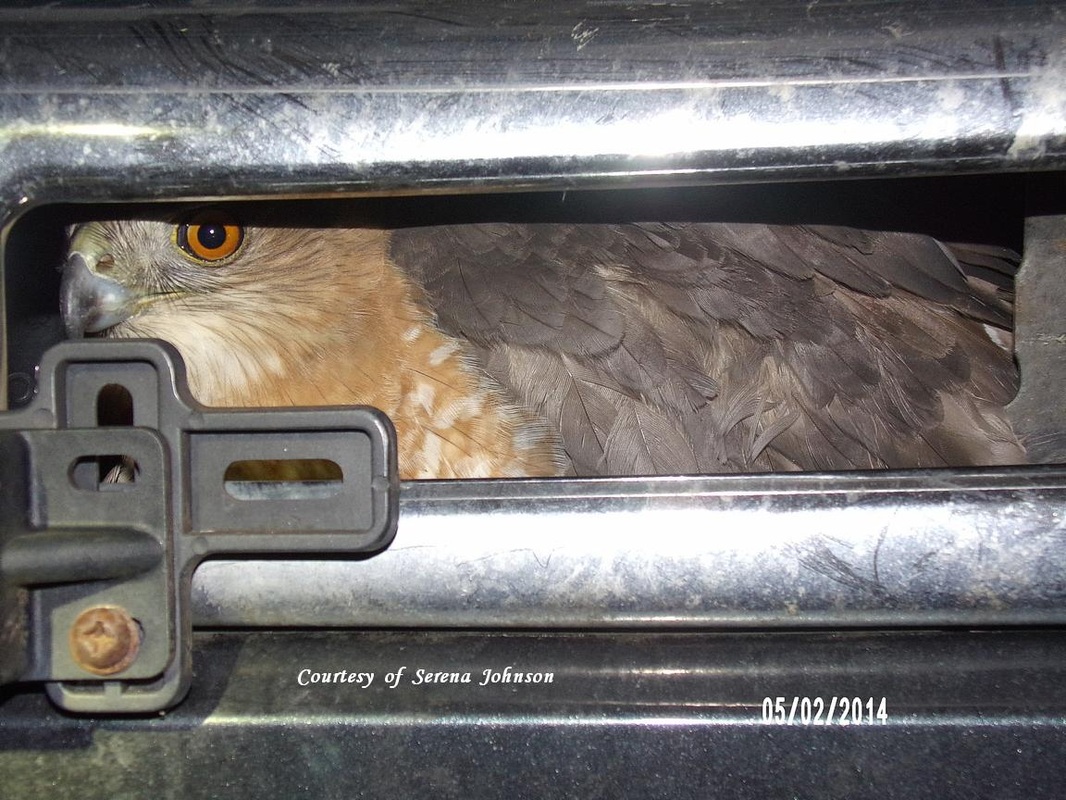
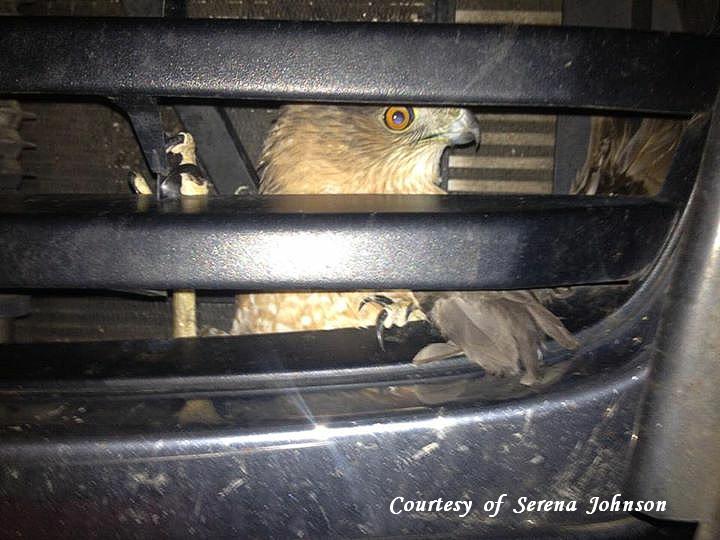
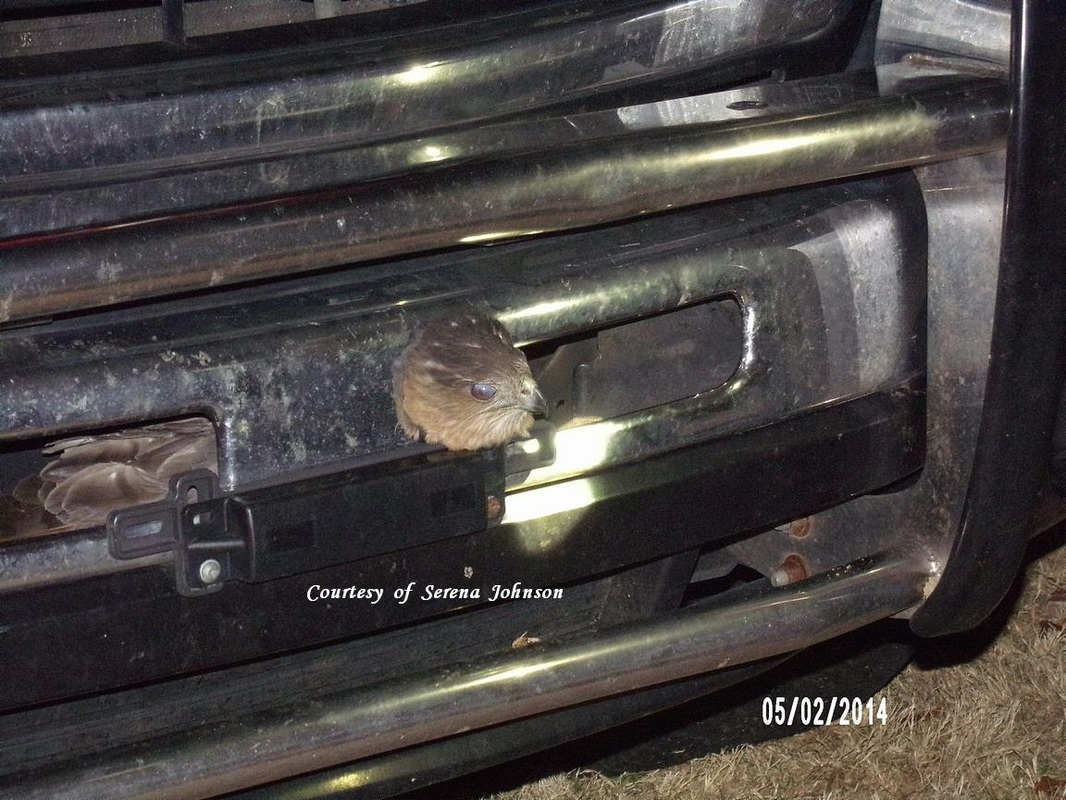
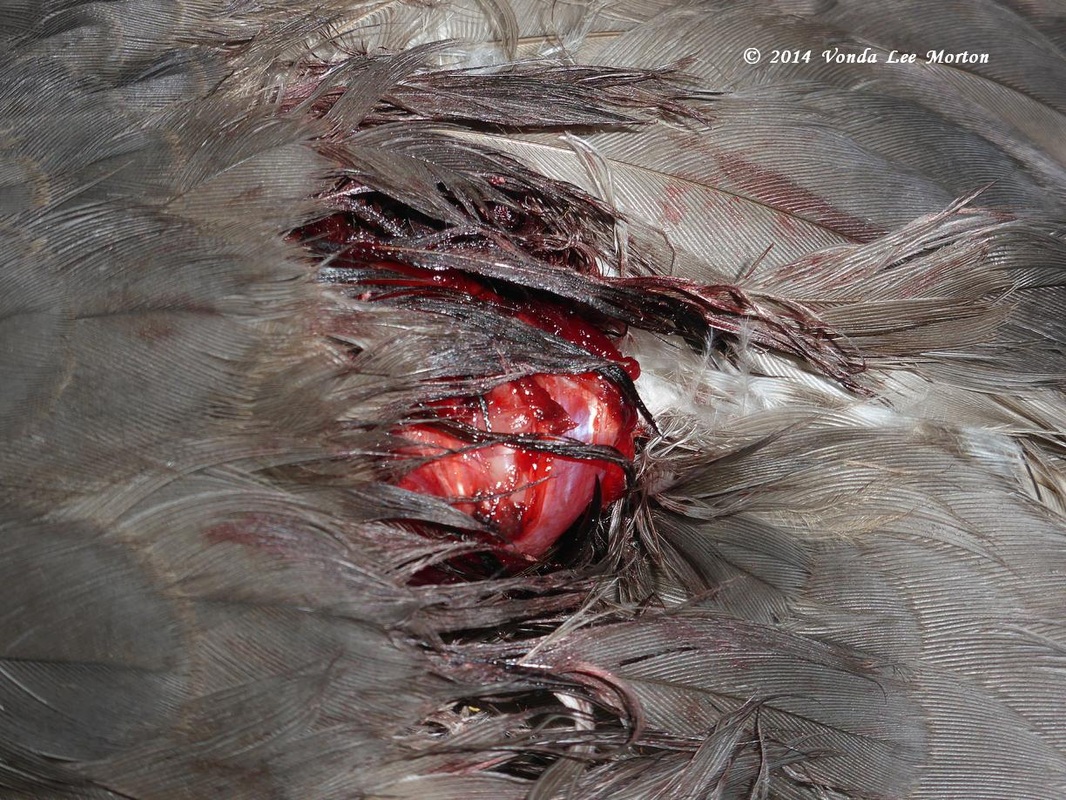
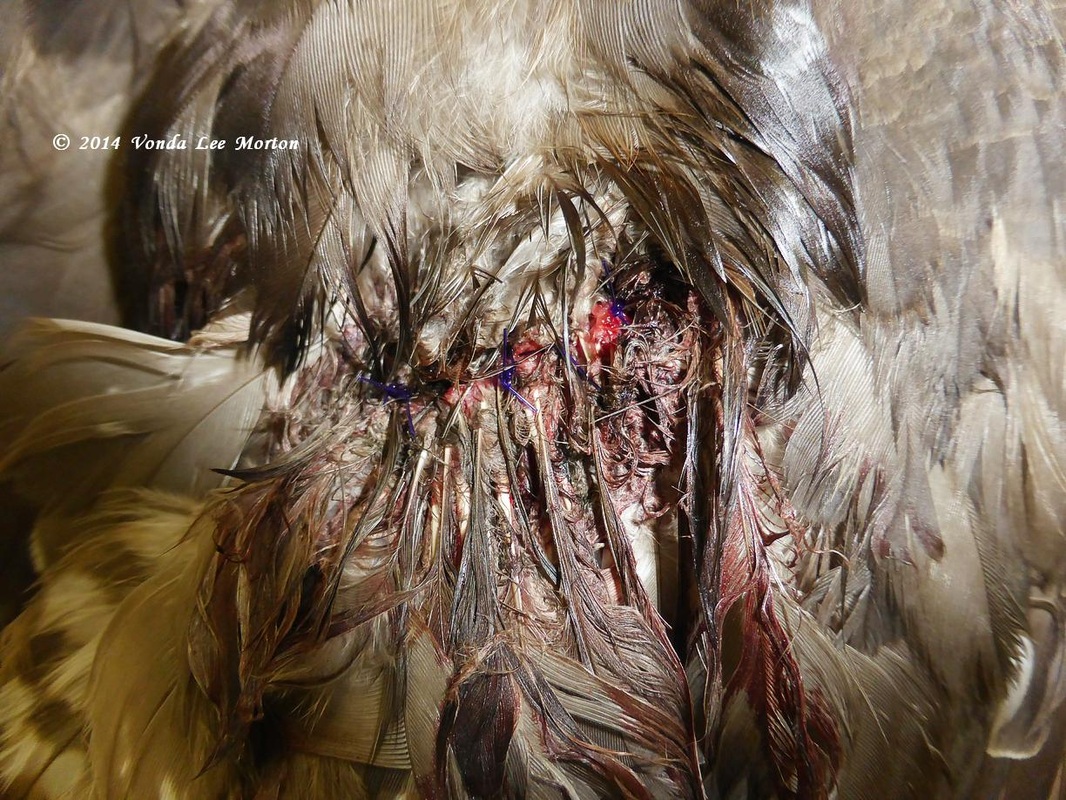
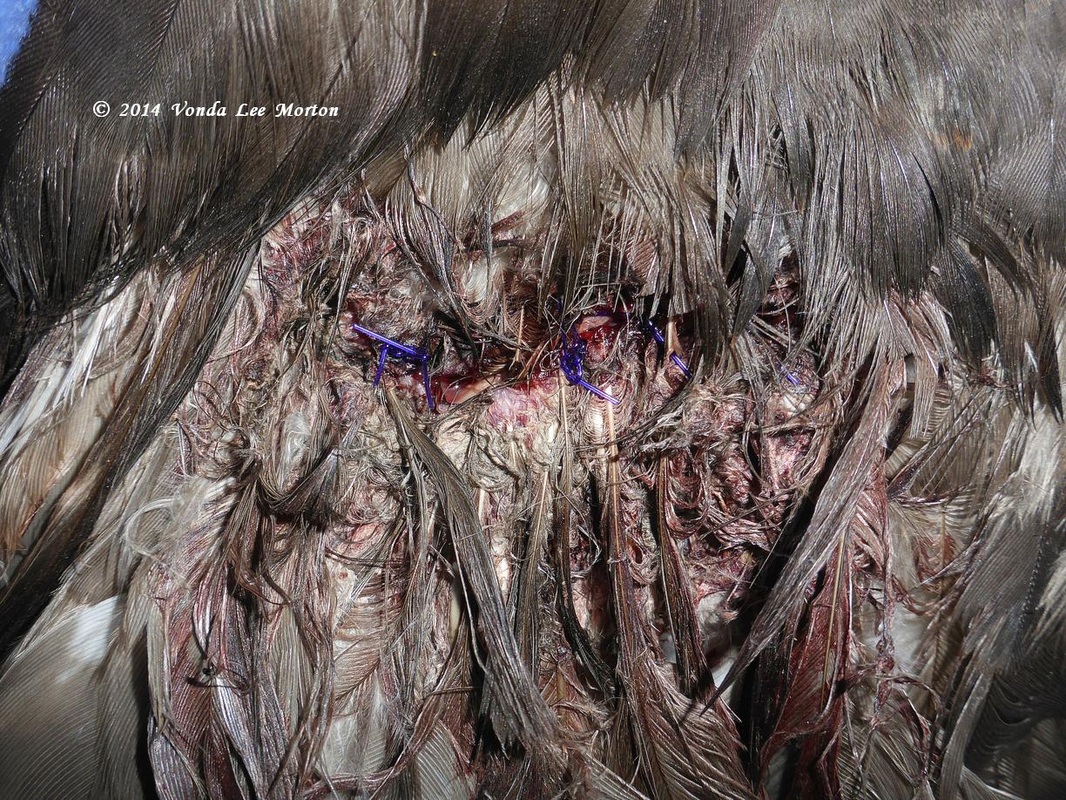
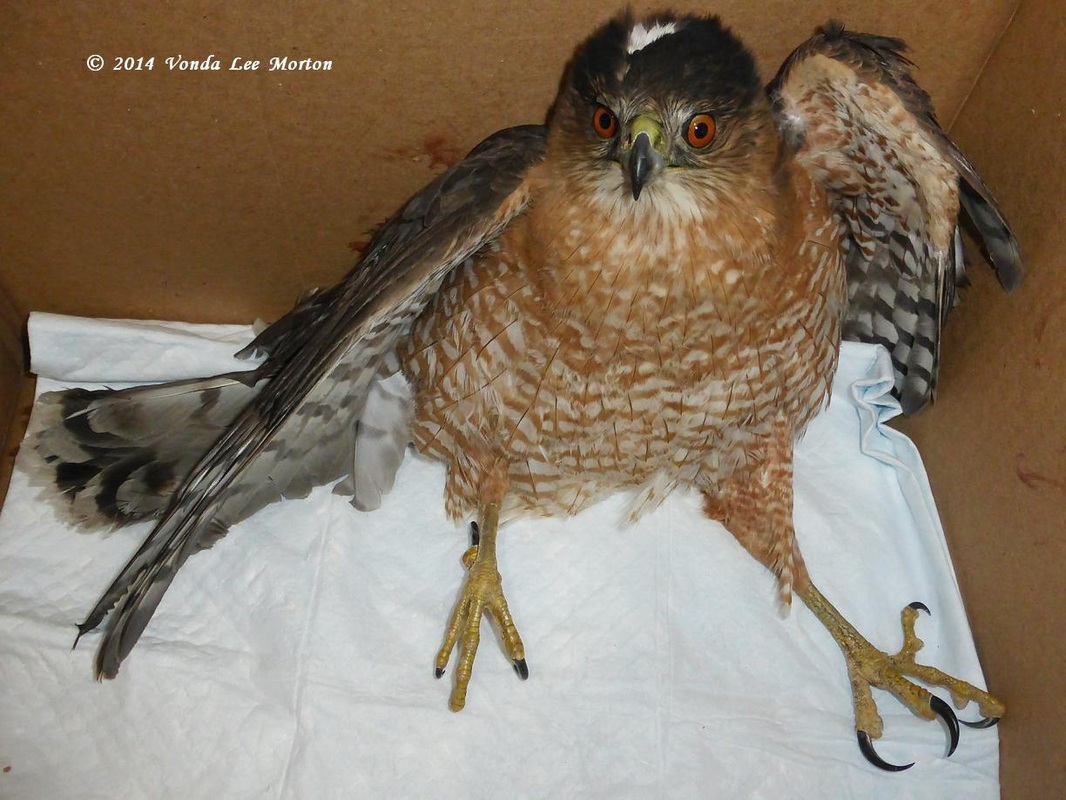
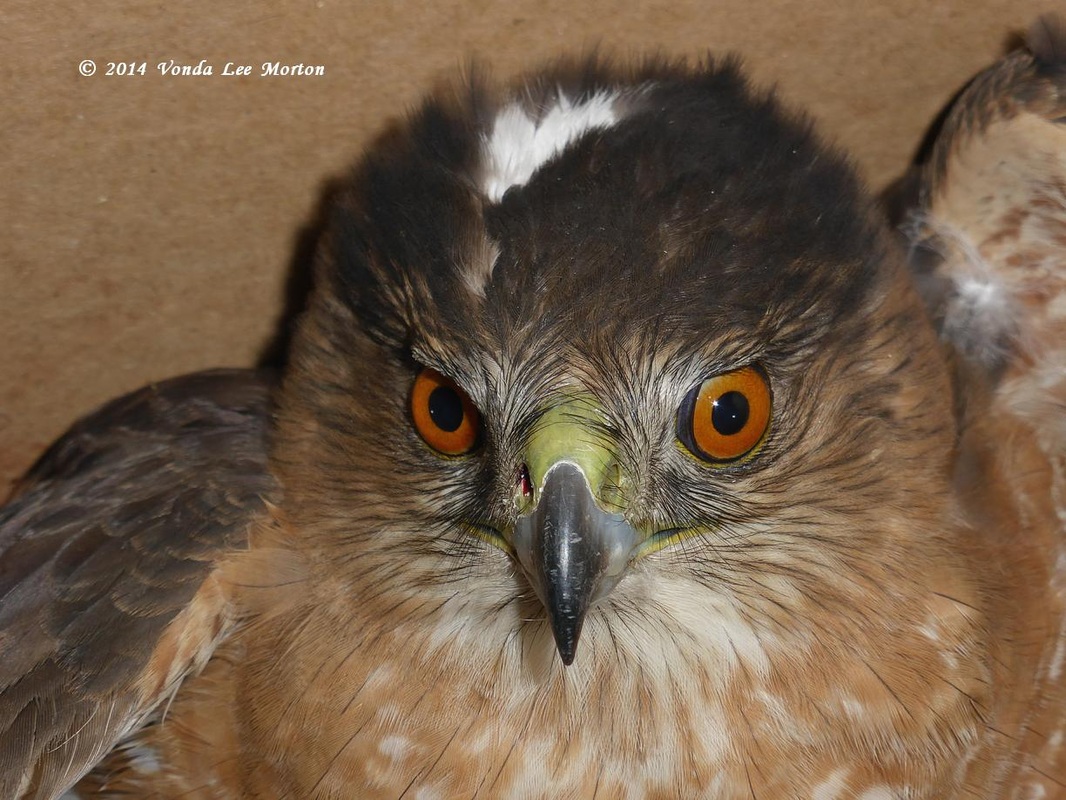
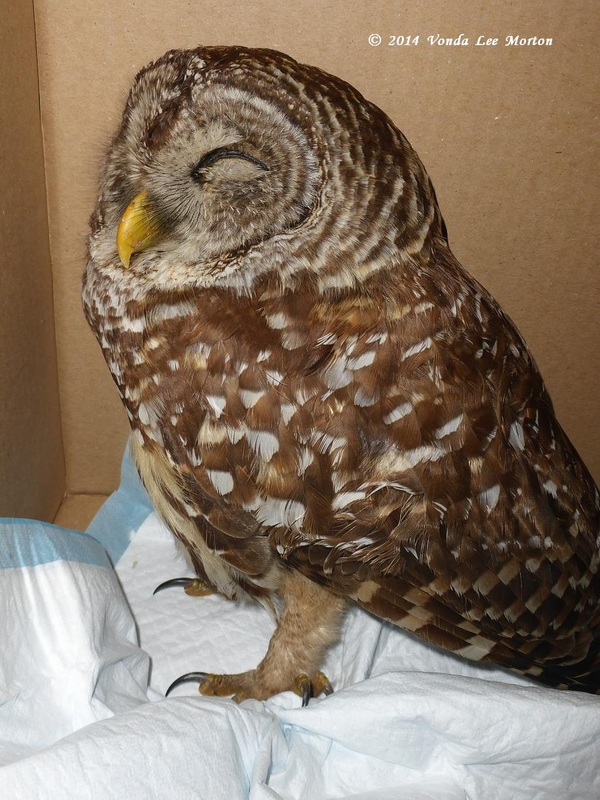
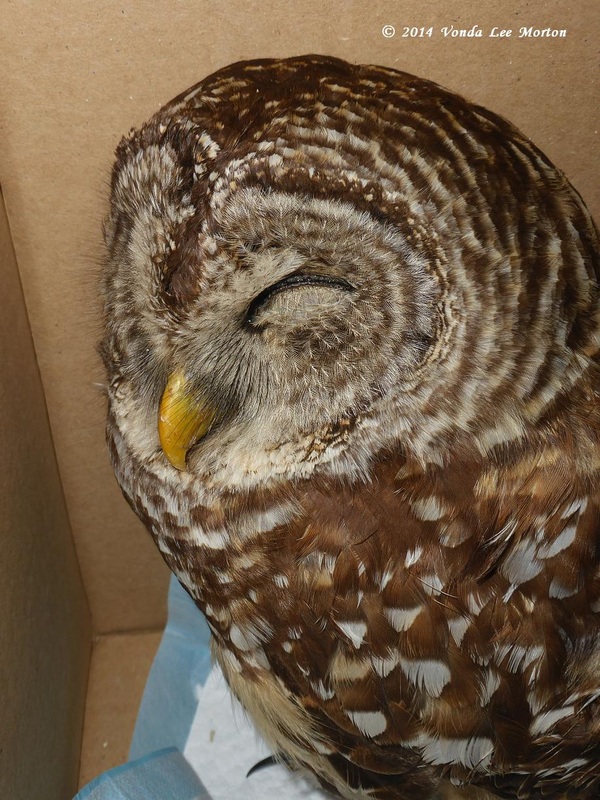
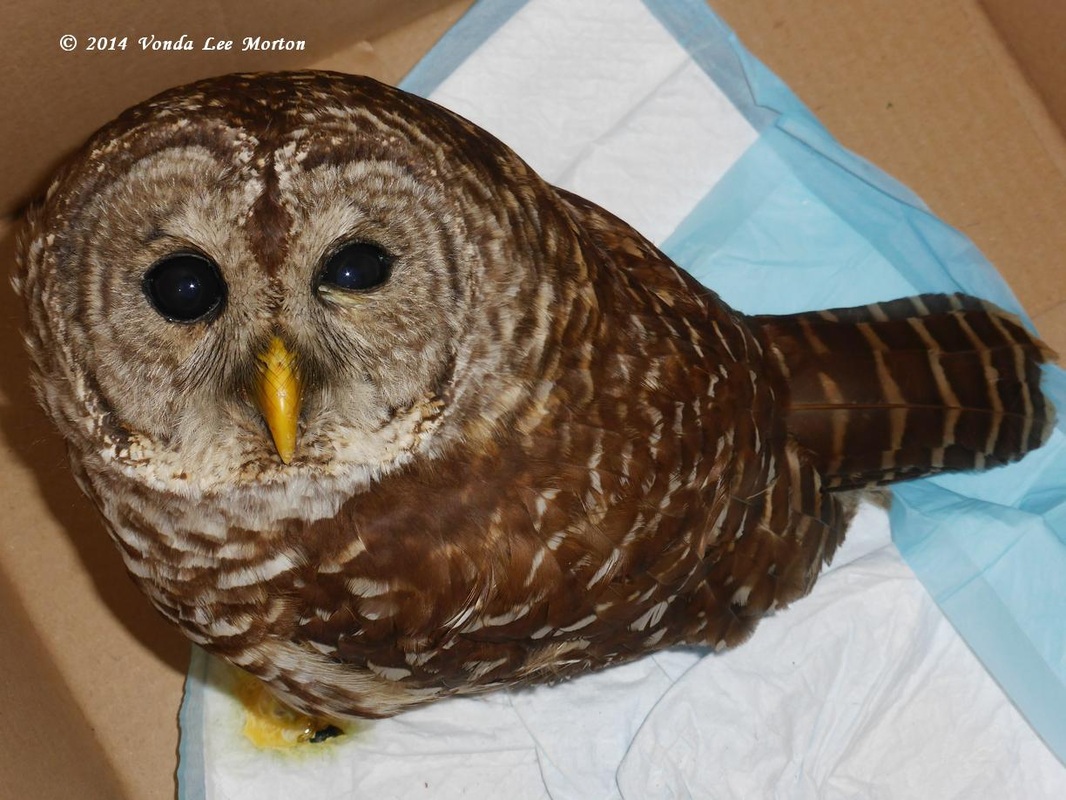
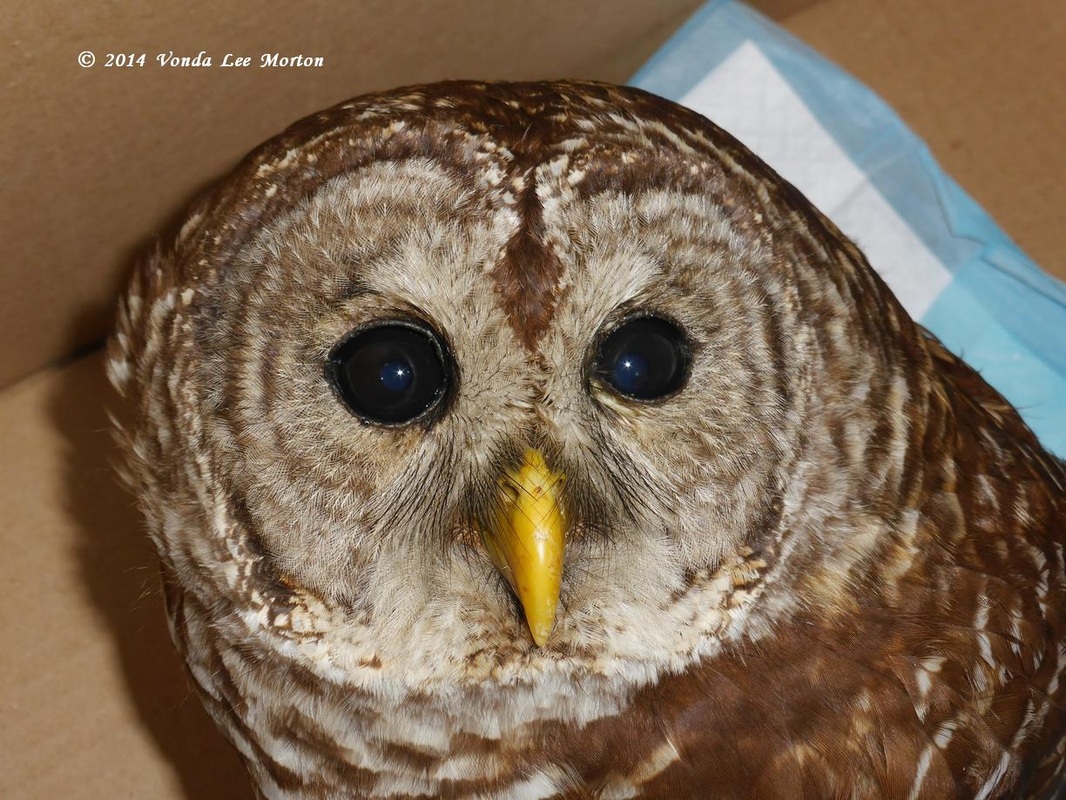
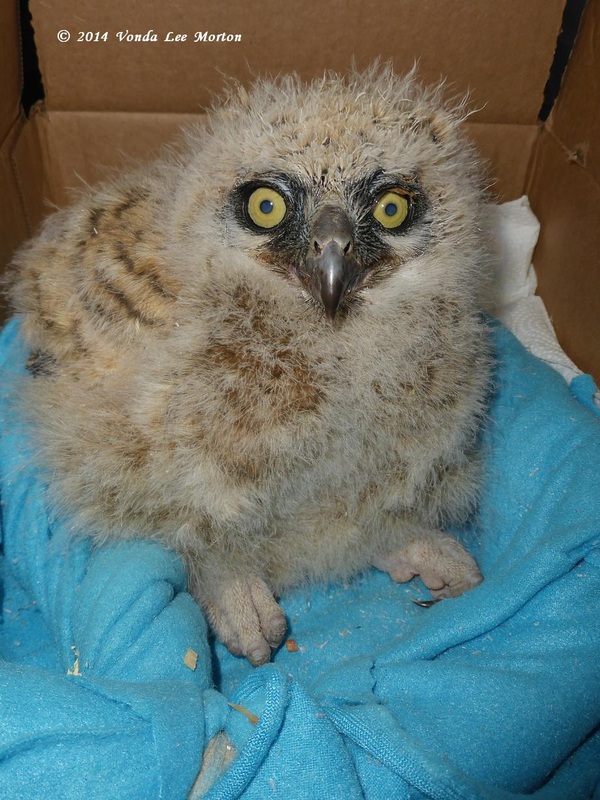
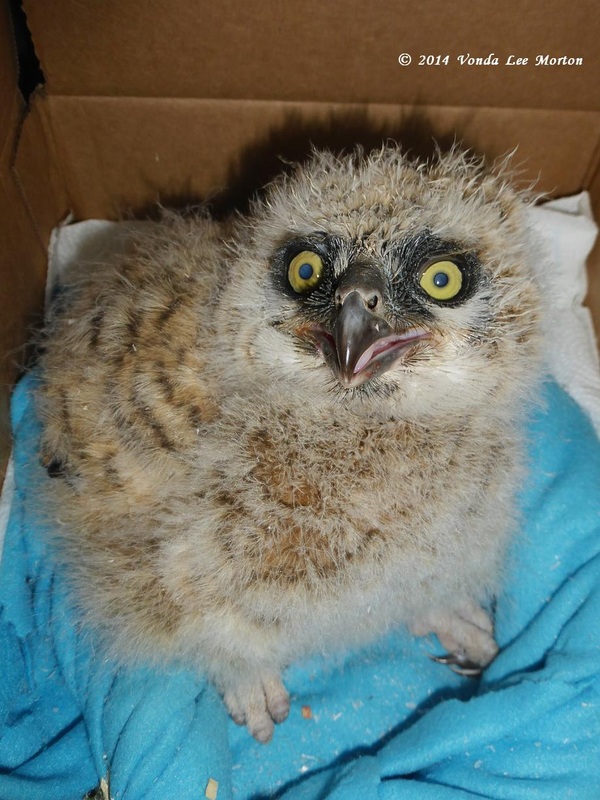
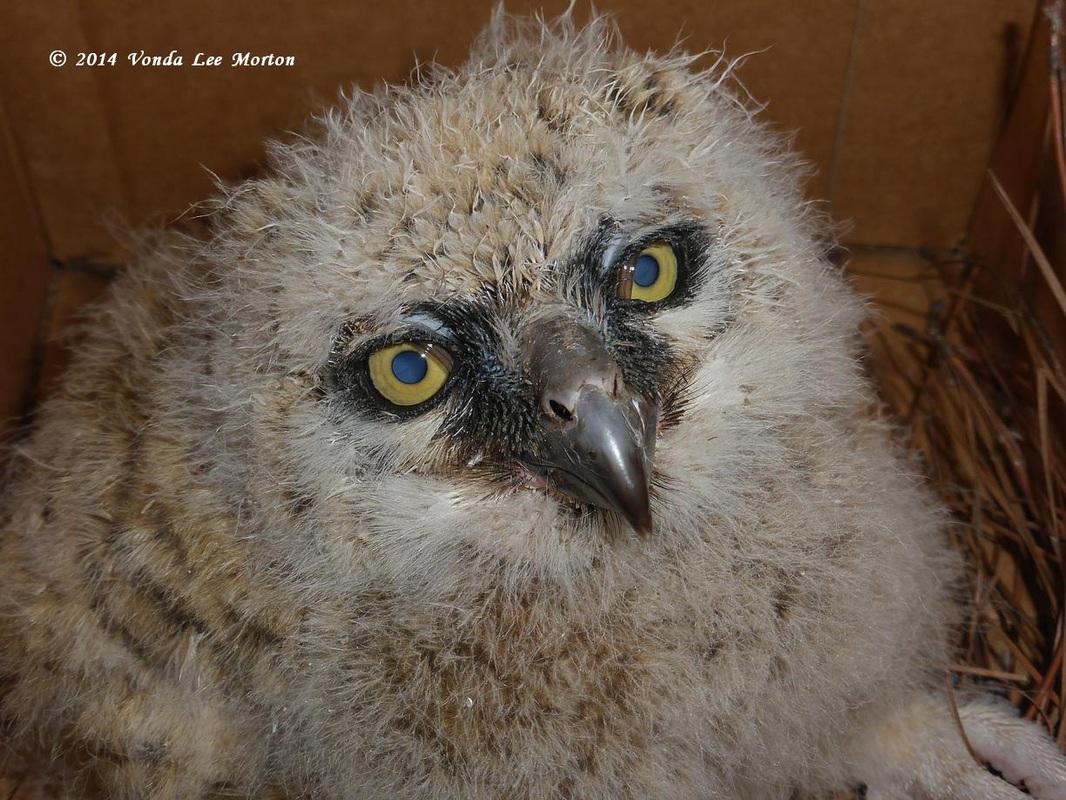
 RSS Feed
RSS Feed
